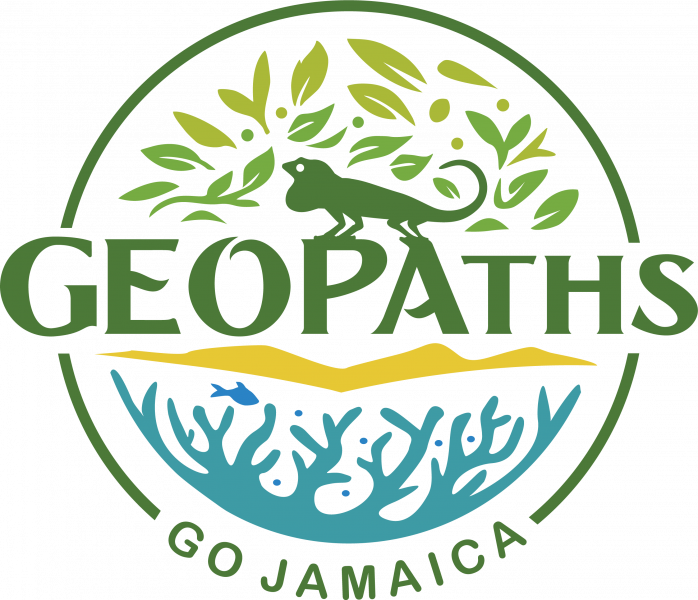Research Projects
Click the mentor name(s) to expand the description of the project.
What were terrestrial ecosystems like before humans arrived?
Lead Mentor: Dr. Melissa Kemp (Click here for details)
Paleontological data has the potential to not only provide critical insights into the origin and maintenance of biodiversity, but also to provide crucial guidance for future conservation strategies. How species have responded to global change (e.g., climate change, sea level rise, introduced species, habitat degradation) in the past—particularly, whether they persist or undergo extinction—is informative of a system’s resiliency and ability to navigate novel environmental pressures. This project has two major goals: 1) to characterize Jamaica’s ancient vertebrate biodiversity, particularly before human colonization; 2) to characterize how both climate change and human impacts affect vertebrate biodiversity over time. To achieve these goals, our team will conduct novel paleontological excavations to quantify biodiversity through time, perform taxonomic identifications, and perform paleoecological analyses.
What is the water quality around Jamaican Coral Reefs?
Lead Mentors: Claire Williams, Denise Henry, Dr. Debbie-Ann Gordon Smith, Pearl Bergan, Dr. Rowan Martindale (Click here for details)
Coral reefs are very sensitive to the quality of the water in which they live. Different environmental factors can impact the health of reefs, such as how fresh (vs. salty), hot, or acidic the water is as well as how much pollution is coming from sewage and agriculture. Thus, water quality is an important aspect of reef conservation. This project seeks to determine the water quality of the East Portland Special Fishery Area in Portland, Jamaica. We are asking: how do different environmental factors affect the health of the reefs in this region? This project involves water chemistry analyses with our colleagues at the University of the West Indies.
What were coral reefs like 130,000 years ago?
Lead Mentors: Claire Williams, Dr. Rowan Martindale, Dr. Thomas Stemann, Matthew Rahamut (Click here for details)
Understanding what reefs looked like before humans influenced the Earth ago can help us better understand the reefs today. This project will characterize the 130,000-year-old reefs on the coast of the East Portland Special Fishery Conservation Area, specifically asking: how similar (or different) are the coral reefs today and the reefs from 130,000 years ago. This project will hopefully provide insight into the variation of ancient Jamaican reef communities, as well as illustrate how reefs from the past differ from the reefs we see on the coast of Jamaica today.
What pollution can be found in Jamaican rivers?
Lead Mentors: Caitlin Currie, Dr. Debbie-Ann Gordon Smith, Pearl Bergan, Dr. Rowan Martindale (Click here for details)
Large rivers, like the Rio Grande River in Portland, Jamaica, are hugely important to the communities that they flow through, including both commercial institutions and local communities, towns, and cities. As the water flows to the ocean via rivers and springs, it collects nutrients (like nitrates and phosphates), garbage, and pollution that run off of farmlands and communities (e.g., sewage). So, what nutrients or pollution are collected by the river as they flow downstream and how does water quality change along the river? These nutrients are essential to the vitality of coastal ecosystems (like coral reefs, seagrass beds, and mangroves), but too many nutrients can be damaging; an abundance of nitrates and/or phosphates can negatively impact the biology of coastal ecosystems by promoting the growth of aquatic plants such as algae, which overgrows corals.
How do reefs change between the day and night?
Lead Mentors: Dr. Isaiah Bolden, Dr. Debbie-Ann Gordon Smith, Dr. Rowan Martindale (Click here for details)
Coral reefs are incredibly dynamic ecosystems that serve as habitat for ~25% of marine species on the planet! The backbone of these ecosystems are reef-building corals; these corals make calcium carbonate (i.e. limestone) skeletons and live in symbiosis with photosynthetic algae. Under warmer, more polluted, and more acidic oceans, coral reef health is expected to decline around the world, which may translate into major losses in marine biodiversity in the coming decades. Variability in seawater chemistry within and between coral reefs records the ecological “heartbeat” of these dynamic environments on timescales as short as 24 hours. These samples provide chemical evidence of how reefs both set and respond to ambient environmental conditions. This project has a fundamental question: what does baseline metabolism look like within Jamaican coral reef ecosystems on daily-to-seasonal timescales? Our team will collect, analyze, and compare seawater samples from Jamaica’s reefs on a diversity of spatial and temporal scales to assess changes in metabolism (i.e. rates and magnitude of photosynthesis/respiration and calcification/dissolution) in relation to hourly, daily, and seasonal variability in addition to local stressors.
What areas have the best habitat for important coral species within the reef sanctuary?
Lead Mentors: Claire Williams, Denise Henry, Dr. Rowan Martindale (Click here for details)
Corals have specific tolerances and can only survive in a narrow range of environmental conditions (e.g., water temperature, salinity, and depth). In conservation, it is important to understand what environmental conditions are like throughout a region and where within the reef sanctuary conditions are optimal or unsatisfactory; knowing the spatial variability of conditions within the sanctuary helps conservation staff identify places for new coral nurseries, as well as, sites that may need more support for recovering corals. We evaluate environmental suitability with ecological niche models; these computer models evaluate the environmental tolerances of a species and predict the most suitable locations for coral species. This project will involve collecting coral presence/absence information within the sanctuary and measuring environmental conditions to model where in the sanctuary are ideal (or problematic) areas for reef growth).
